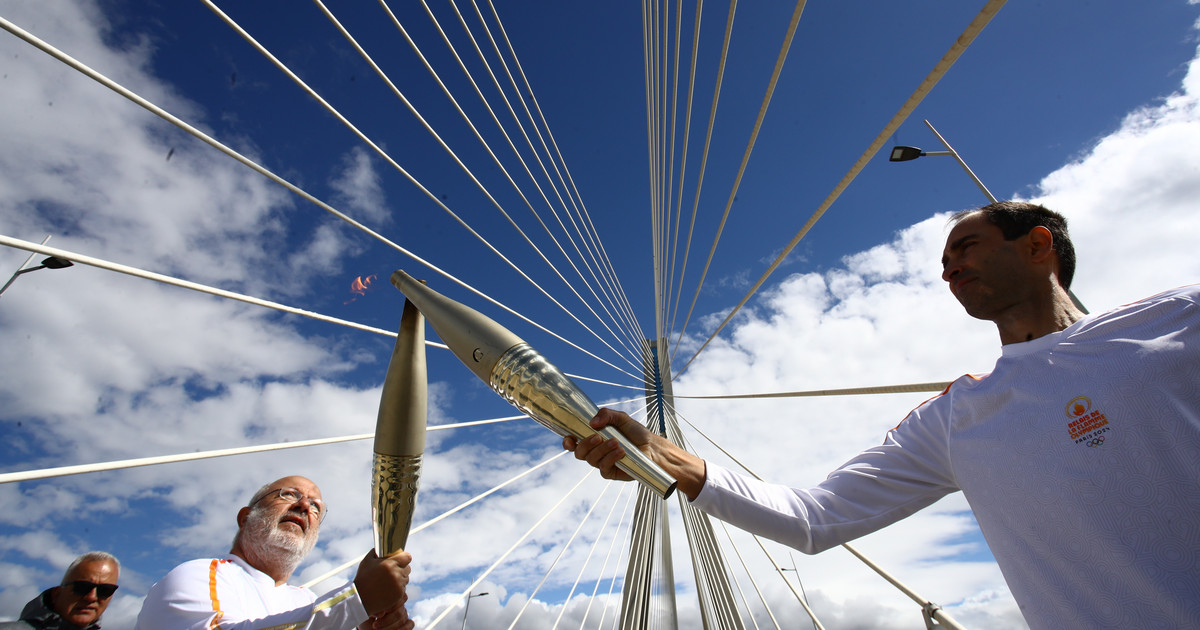A tooth unearthed from a remote cave in Laos is helping to outline an unknown chapter in human history.
Researchers believe the tooth belonged to a young woman who lived at least 130,000 years ago and was likely a “Denisovan” – an enigmatic group of early humans first identified in 2010.
The lower molar is the first fossil evidence that places Denisovans in Southeast Asia and could help unravel a puzzle that has long troubled experts in human evolution.
The only definitive fossils of Denisova were found in northern Asia – in the Denisova cave of the same name in the Altai Mountains of Siberia, Russia.
Genetic evidence, however, has linked archaic humans more closely to places much further south — in what are now the Philippines, Papua New Guinea and Australia.
“This demonstrates that Denisovans were likely present in South Asia as well. And it supports the results of geneticists who say that modern humans and Denisovans may have met in Southeast Asia,” said study author Clément Zanolli, a researcher in paleoanthropology at CNRS, the French National Center for Scientific Research and the University from Bordeaux.
Archaeologists discovered the tooth at a place known as Cobra Cave, 260 kilometers north of the Laotian capital Vientiane, where excavations began in 2018.
The study, published in the journal Nature Communications on Tuesday, estimated the molar to be between 131,000 and 164,000 years old, based on analysis of cave sediment, dating three animal bones found in the same layer, and in the age of the rock overlying the fossil.
“Teeth are like an individual’s black box. They preserve a lot of information about their life and biology. They’ve always been used by paleoanthropologists, you know, to describe species or distinguish between species. So for us paleoanthropologists (teeth) are very useful fossils,” said Zanolli.
Comparison with archaic human teeth
The researchers compared the tooth’s ridges and depressions with other fossilized teeth belonging to archaic humans and found that they did not resemble teeth belonging to Homo sapiens or Homo erectus – an archaic human who was the first to walk with an upright gait whose remains were found throughout Asia.
The cave discovery most closely resembled a tooth found in a Denisovan jaw found in the Tibetan Plateau. in Xiahe County, Gansu Province, China.
The authors said it was possible, though less likely, to belong to a Neanderthal.
“Think of it (the tooth) as if you were traveling to a valley between mountains. And the organization of these mountains and valleys is very typical of one species,” explained Zanolli.
Analysis of some protein in the tooth enamel suggested it belonged to a woman.
Denisovan DNA lives on in some humans today because once our Homo sapiens ancestors encountered Denisovans, they had sex with them and gave birth to babies – something geneticists call mixing.
This means that we can look back into human history by analyzing current genetic data.
The “mixing” is believed to have taken place over 50,000 years ago, when modern humans left Africa and likely interbred with Neanderthals and Denisovans. But pinpointing exactly where it happened has proven difficult — particularly in the case of Denisovans.
Definitely Denisovan?
Any addition to Asia’s sparse hominid fossil record is exciting news, said Katerina Douka, assistant professor of archaeological science in the department of evolutionary anthropology at the University of Vienna. She was not involved in the research.
Douka said he would like to see “more extensive evidence” that the tooth was definitely Denisovan.
“There is a chain of assumptions that the authors accept to confirm that this is a Denisovan fossil,” she said.
“The reality is that we cannot know whether this single, poorly preserved molar actually belonged to a Denisovan, a hybrid or even an unknown hominid group. It could very well be a Denisovan, and I would love for it to be, because how cool would that be? But more confident evidence is needed,” she said.
When considering the Lao Denisovan tooth, the researchers in this study relied heavily on a comparison with the Xiahe jaw, Douka said.
However, the jawbone, while thought by many to be Denisovan, was not an overt case. No DNA was recovered from the fossilized jaw, only evidence of “thin” proteins, he added.
“Anyone working on this hominid group, where many important questions still remain, wants to add new points to the map. The difficulty is in reliably identifying any fossil as a Denisovan,” she said.
“This lack of robust biomolecular data, however, significantly reduces the impact of this new discovery and is a reminder of how difficult it is to work in the tropics.”
The study authors said they plan to try extracting ancient DNA from the tooth, which, if possible, would provide a more definitive answer, but the hot weather means this could be a long shot.
The research team also plans to continue excavating the site after a pandemic-induced hiatus, in hopes of more discoveries from ancient humans who lived in the area.
“In this kind of environment, DNA doesn’t preserve itself well, but we will do our best,” said study co-author Fabrice Demeter, an assistant professor at the Center for Geogenetics at the Lundbeck Foundation in Denmark.
Source: CNN Brasil
I’m James Harper, a highly experienced and accomplished news writer for World Stock Market. I have been writing in the Politics section of the website for over five years, providing readers with up-to-date and insightful information about current events in politics. My work is widely read and respected by many industry professionals as well as laymen.






